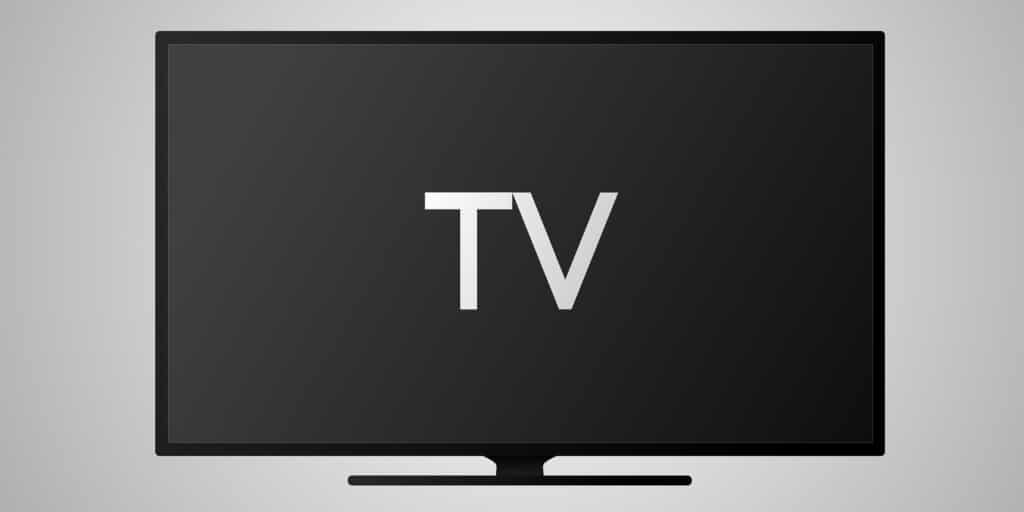
What is this report about?
With high definition also taking off rapidly in Europe, the launch of this label became only natural. Market forecasts showed that in 2008 more than five million households in Europe HDTV be received.
HDTV was officially standardized by the EICTA (European Information & Communications Technology Industry Association) with the announcement of the conditions for the requirements for HD television sets that may bear the "HD Ready" logo on January 19.01.2005, XNUMX.
Look out for the logo! Although the "HD-Ready" logo does not always mean that it is an HD-capable device, there are also small deviations with big consequences: spellings such as "HD Ready", "hd ready", "HDTV-ready" , "HD-ready" or generally other modified fonts are not official, licensed logos. These rarely correspond to the actual HD standard.
The different television formats: Ultimately, it is the resolution that decides.
A distinction is made here between the standard resolution of typical television signals (SD = Standard Definition) and the high one Resolution of the new television sets (HD = high definition).
In principle, television broadcasters can broadcast SD and HD signals in analog and digital form, but television studios must record their contributions with high-resolution, HDTV-capable cameras in order to exhaust the maximum picture quality of the new standard.
One of the analogue SD formats is the one that has been established over the last few decades PAL/SECAM-Standard, which is more normal (or now older) for the relatively small screen sizes roar-TV sets provided sufficient quality.
However, this changed drastically with the introduction of LCD-Television sets, because these enable much larger screen diagonals and the resolution of the SD format can no longer keep up there. The SD format resolution is 720×576 pixel – a new LCD TV already offers 1366×768 pixels (as of August 2007). So we can already see that the old standard could not provide as much image information as required from a purely technical point of view. If you want to demand everything from your new LCD television, you need a high-quality image source, such as a DVD, which provides the screen with high-resolution signals.
The new HD formats can therefore supply televisions with first-class picture signals in the required resolution – which is a great advantage for viewers.
In the following diagram you can clearly see the differences between the two formats SD and HD:
Benefits of HDTV:
Clearly the biggest advantage of the new standard is the improved picture quality compared to standard definition TV pictures. HD distinguishes into two formats: 720p and 1080. 720p has 720 lines of progressive playback, while 1080i has 1080 lines of interlaced playback.
The advantages of the 720p process are a clearer picture that is also more stable than a 1080i picture. As a result, this format is particularly suitable for TV broadcasts with a lot of fast movements, such as e.g. B. in sports. The advantage of the 1080i process is a more detailed picture.
How is HDTV transmitted?
First, HDTV is likely to be broadcast only via satellite, followed by terrestrial or cable broadcasts. However, new announcements show that procedures vary by country and broadcaster. Ultimately, the decision on the method of transmission rests with the government policy of each country.
Conditions and requirements for "HD Ready" televisions.
Televisions are only awarded the "HD Ready" logo if they meet the following requirements:
- A minimum native resolution of 720 physical lines in widescreen format.
- At least an analog YPBPR and DVI or HDMI-Entry.
- HD-capable inputs must be compatible with the following HD video formats:
- 1280×720@50Hz (720p 50Hz)
- 1280×720@60Hz (720p 60Hz)
- 1920×1080@50Hz (1080i 50Hz)
- 1920×1080@60Hz (1080i 60Hz)

